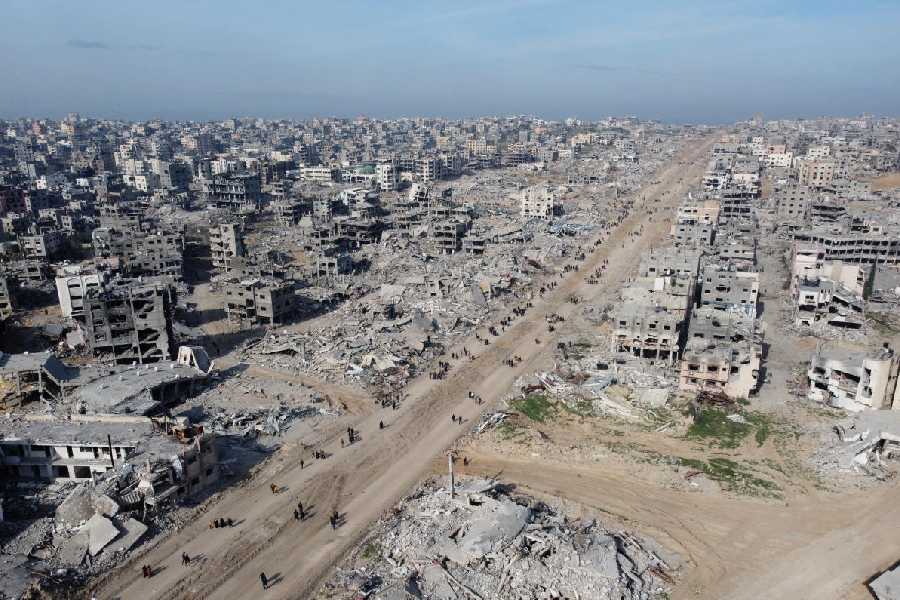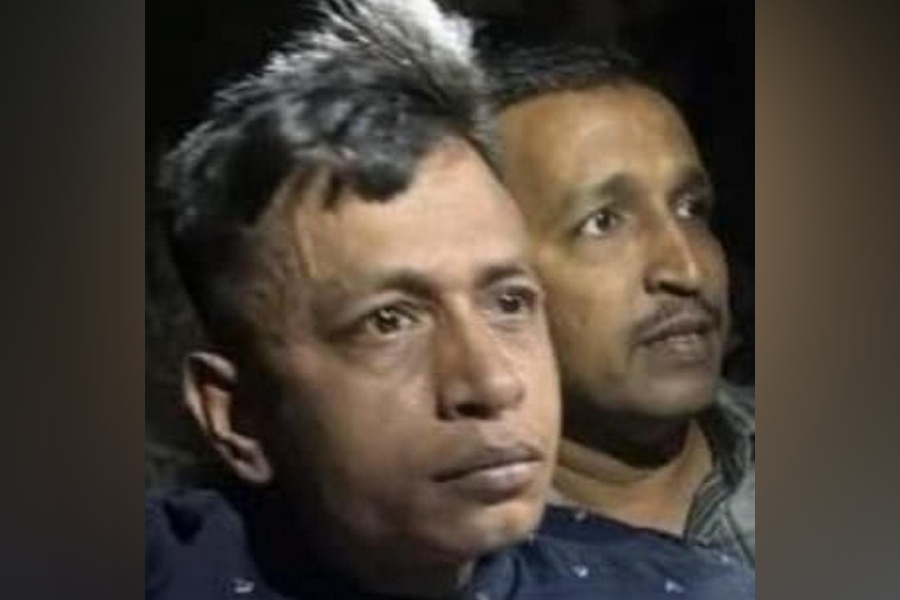Over 600 million people across India could be exposed to dangerous heat under current projections of a 2.7°C average global temperature rise by 2100, researchers said on Monday in a study on the human costs of global warming.
India, followed by Nigeria and Indonesia, will have the largest counts of people under dangerous heat that has been shown to increase mortality, conflict, infectious diseases, and decrease labour and crop productivity, the international team of researchers said.
“India and Nigeria already show hotspots of increased exposure to extreme heat due predominantly to warming, consistent with our prediction that they are at greatest future risk,” they said in their study published in the journal Nature Sustainability.
All countries have pledged to cut Earth-warming greenhouse gas emissions in the coming decades under the 2015 Paris climate agreement to keep global warming below a 2°C rise. However, scientists have projected that the current sets of climate actions by all countries will result in a 2.7°C warming by 2100.
The new study has estimated that about two billion people — or 22 per cent of the projected end-of-century population, or one in five people — worldwide would be exposed to the 2.7°C temperature increase. But it has also underscored the huge gains by limiting the warming to 1.5°C.
Limiting warming to 1.5°C would leave only 5 per cent exposed to dangerous heat levels worldwide. India has over 600 million exposed under 2.7°C warming but this will reduce six-fold to only 90 million at 1.5°C warming, the study has shown.
“The costs of global warming are often expressed in financial terms, but our study highlights the phenomenal human cost of failing to tackle the climate emergency,” Tim Lenton, a climate researcher at the University of Exeter who led the study said in a media release.
“For every 0.1°C of warming above present levels, about 140 million more people will be exposed to dangerous heat.”
The study also found that Brazil would have the largest land area exposed to dangerous heat under the 2.7°C warming. India and Australia will also experience large increases in areas exposed to extreme heat. But nearly 100 per cent of the areas of some countries such as Burkina Faso and Mali will be too dangerously hot for humans.
India’s average temperature has increased by around 0.7°C over the 1901-2018 period, largely due to greenhouse gas-induced warming.
Scientists in India in an independent study two years ago had estimated that heat waves across the country had claimed around 17,300 of the 141,000 lives claimed by extreme weather events between 1970 and 2019.











